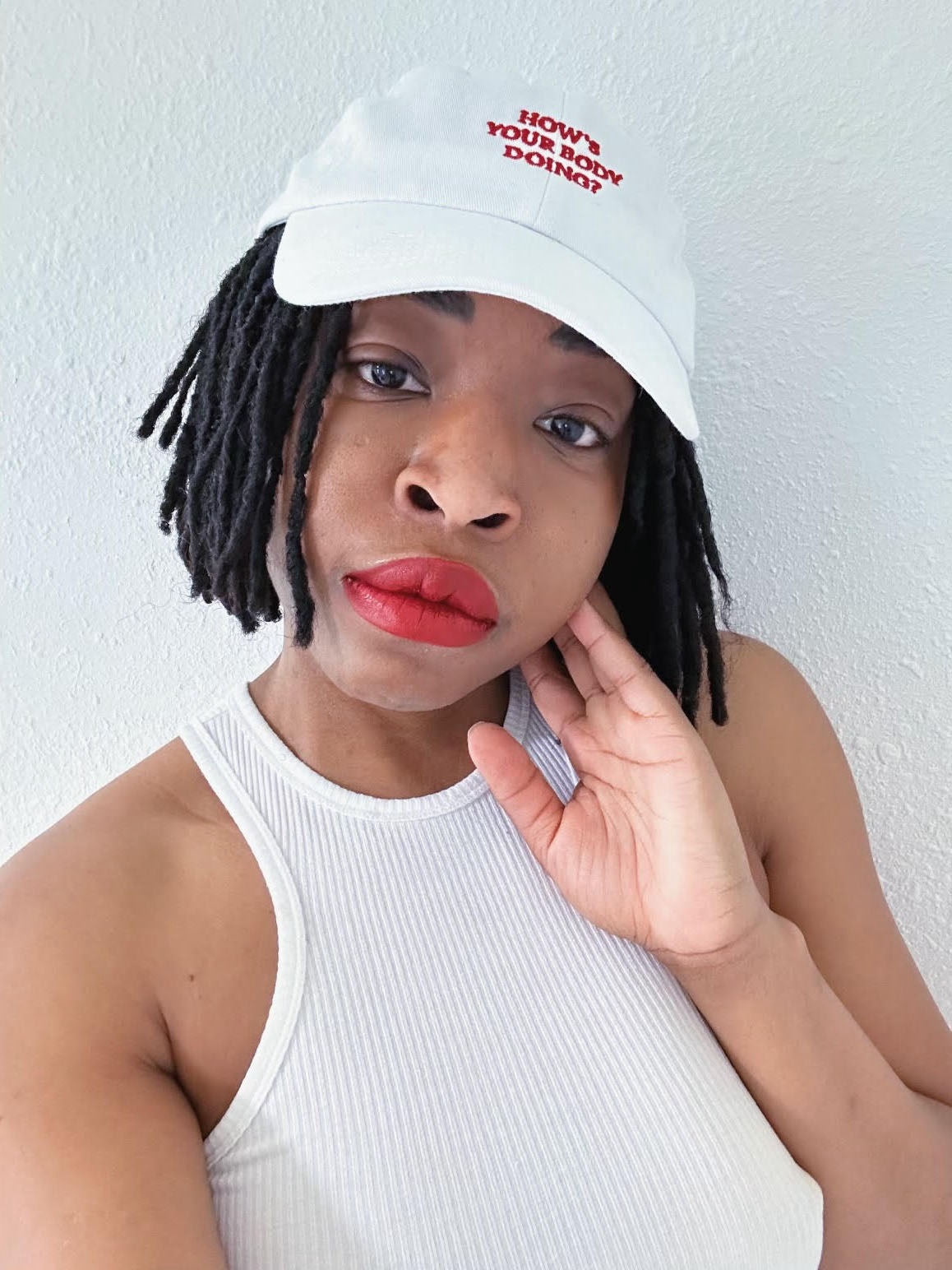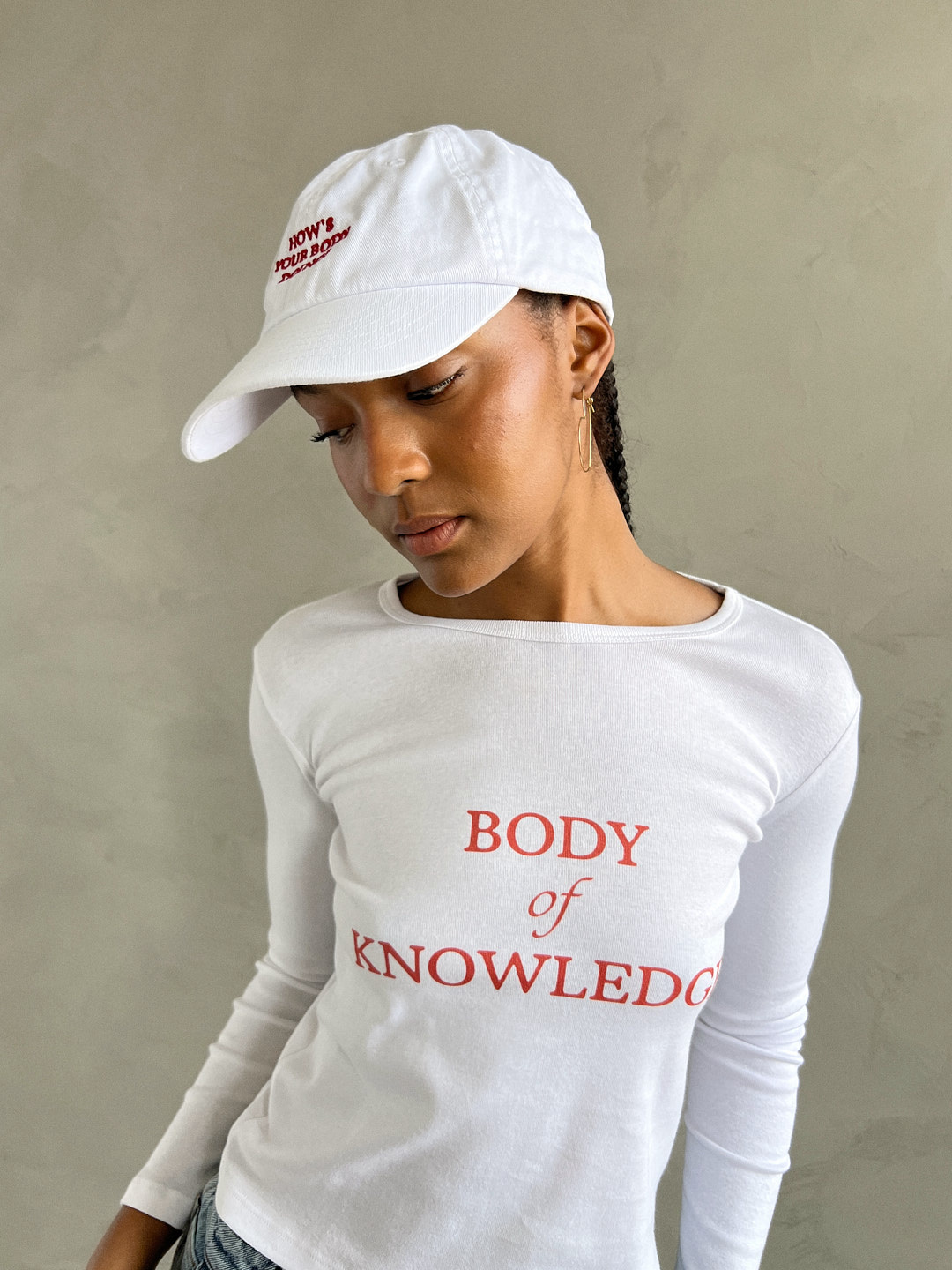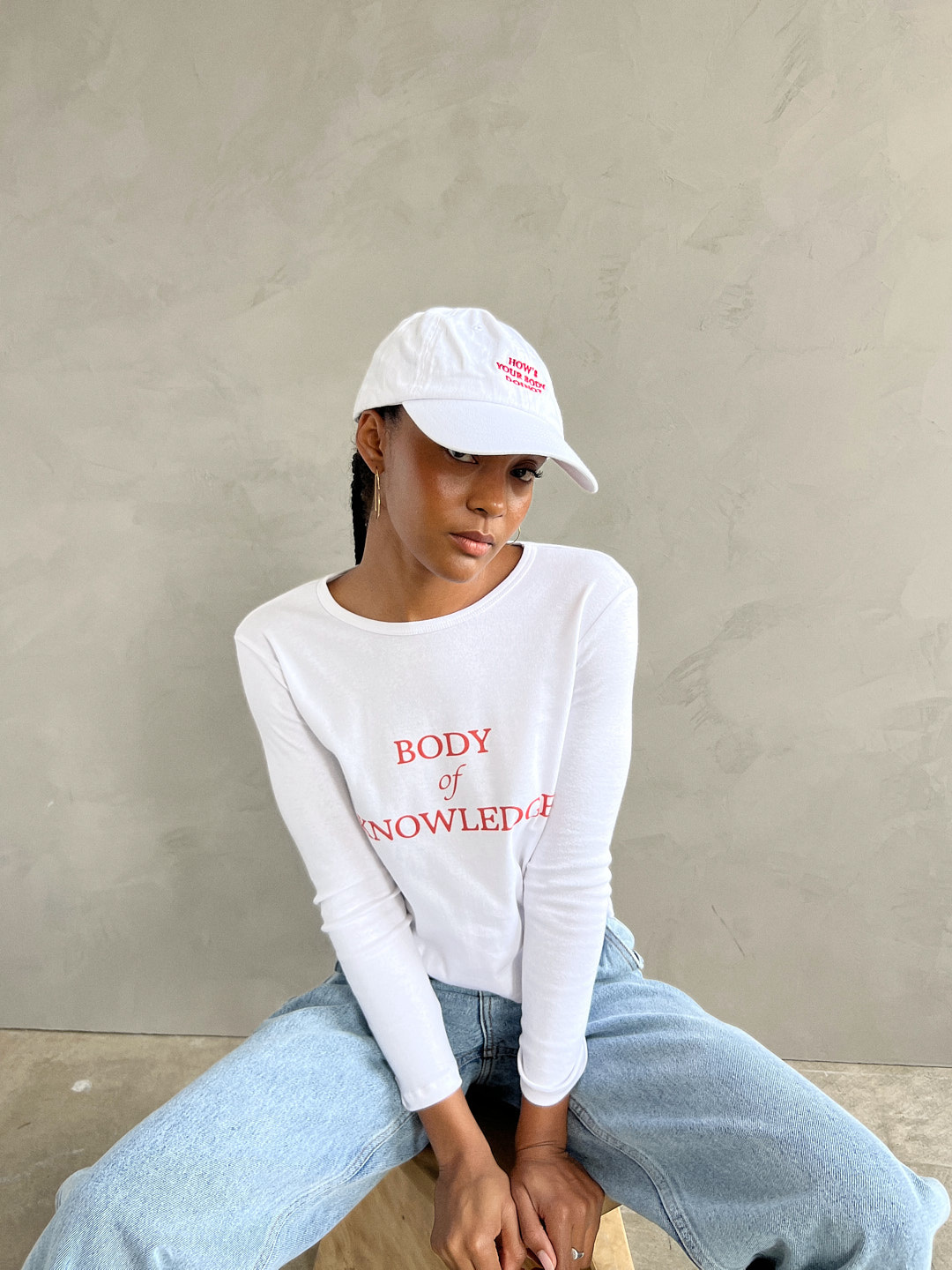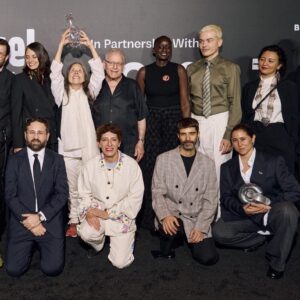
For many teens, “the pill” is the default choice for birth control, something a medical provider hands over between the ages of 14 and 18 without question. Its effectiveness is well-established, but, between rushed doctor’s visits and wildly varying standards of health education in schools, how informed are teens (and adults!) really about their options, or the dizzying suite of potential side effects? Mood swings, blood clots, headaches, and adverse interactions with other medications are among the laundry list of complications.
In 2017, Erica Chidi, a doula with over a decade of experience, co-founded LOOM, a gathering space in Los Angeles that invited locals to gather and discuss their reproductive health, helping to overcome the gap in healthcare knowledge and enabling participants to make informed decisions. Two years later, the organization switched its focus to developing a digital version of the community, and in 2020, Chidi became the 34th Black woman ever to raise over one million dollars in venture capital. The resulting app launched earlier this year, and here, Chidi tells CULTURED how she plans to set a new standard for accuracy and holistic care.
CULTURED: Can you take me back to when you first co-founded LOOM?
Chidi: When it opened initially [in 2017], it was a physical brick and mortar space. Our focus was to reimagine what it would feel like to learn about your body as a woman or a non-binary person. Firstly because there’s just no sex education in schools, for various reasons. Most women or non-binary people that have uteruses and vulvas just have a knowledge deficit.
As adults in your 20s, 30s, 40s, you start to experience these challenges in your body, whether it’s trying to get off birth control or choose a new birth control, trying to get pregnant, having painful periods, endometriosis, being pregnant, and trying to understand sex and intimacy as you define it. You come up against these experiences, and this lack of health literacy creates a lot of challenges, discord, and discomfort.
The purpose of LOOM was to give adults a place to get organized, expand their thinking, and gain new skills and insights when it comes to their bodies. Not just as it relates to illness or disease, but also as it relates to pleasure and to personal power, especially when it comes to things like abortion and reproductive sovereignty.
CULTURED: What’s the response been so far, particularly with the new app?
Chidi: I feel like the app is an expression or an encapsulation of what was happening in the physical space. People were coming for this education that they could trust and resonate with. They would also get to learn from other women and people telling their stories. There was this dual channel experience of information being transferred from us to our community, to our students and clients, and from them to each other. The app very much does that.
It’s only text and audio, which was a very strong design decision for everyone. We wanted to be an anti-TikTok environment: less explosive and more space to be reflective. It combines practice-based evidence and health information co-created with doctors, with stories from women. We’ve had thousands of downloads in the past almost two months since we launched. There’s also room to improve it as well. That’s the thing that’s beautiful about tech is you start at zero, you get to one, and then you keep iterating from there.

CULTURED: What do you think is the right way to balance the things that you hear from those around you, and studies that you’re reading or what you’re hearing from your doctors? Often, our ideas about our body, or understanding of health, ends up becoming a mix of these two things.
Chidi: It’s a really delicate balance. The first thing that’s important to acknowledge is that there’s such limited information about women’s health. As a result, there isn’t a lot to read that we know is accurate. It is actually important to be talking to other people about their experiences because although their experiences are individuated and subjective, they still offer perspective.
The lack of research around IUDs, for example. Not about their efficacy—it has been proven that they’re helpful in preventing pregnancy—but in its experience in terms of comfort. The medical model is really focused on, Does it work? It’s less focused on, What is the sacrifice to make it work? What do you lose out on to gain the efficacy of this device?
That’s where the polling for insights, talking to people, and hearing other people’s stories becomes so important. You might want what the device, medication, or procedure can give you, but because of the patriarchal and misogynistic approach to a lot of sexual and productive health medicine, the layer of care and optimizing of your experience or softening your experience to get to that end goal is not there.
CULTURED: On the app, you synthesize the information in a way that’s easy to read. Can you take me through the process of gathering that information? What are the standards that you’re using for accuracy?
Chidi: The app is divided into a number of different health subjects. When you go into the specific subjects, all of the guides related to that subject are [formatted as] questions. The way that most people try to understand their health is by Googling symptoms and Googling these questions.
The second piece was working with doctors to make sure that the information in the app was valid. We really leaned into the American College of Obstetricians and Gynecologists and their practice bulletins. They are basically the gold standard for how your doctor practices medicine on the day-to-day.
We really wanted to make sure that the information that was in the app could be something you could take to your provider and feel a sense of connection—not something you just saw on TikTok, or read about on some random website. We wanted to reduce friction between women and people and their care providers by bringing them to the same resource, but translating it differently.

CULTURED: Can you speak a bit more about how you see this app working in tandem with traditional health care?
Chidi: I see it working in two ways. One is being able to bring up the app and have someone tell their doctor that they read this guide, and they would love to talk more about it. All of the guides actually have questions for your care providers so that you can dig in and have that experience.
The other part of it, which is the next stage of the app, is having providers be able to recommend the app as an intervention that goes along with care. Some of the things that we’re thinking about is the fact that OBGYN demand will outstrip supply by 2030, meaning that there will be more people that want an OB than can get one. It already takes four to six weeks at minimum to be able to get in to see an OBGYN, even when you have insurance.
Whether it’s period pain or PCOS or endometriosis, these chronic issues that don’t have a silver bullet to solve them, they really need more education, more tools, and more resources to manage. I see LOOM growing to be that bridge that can continue to offer specific resources and support that go along with care. For example, when someone gets prescribed birth control or an IUD, LOOM would also be offered as a companion to the first few weeks of experiencing an IUD—being able to log symptoms or get small bits of information, here’s what you should expect this week and next week, something to create this continuity of care.
CULTURED: My last question is about the recent Lisa Says Gah collaboration that you did, creating a line of shirts and hats. How do you see those types of collaborations that build out the world of LOOM fitting into the direction that you are headed?
Chidi: I’m really multi-hyphenated and a composite of so many different things. I went to culinary school before I went to college. In college, I studied art history and visual culture, along with media and writing. I was really interested in becoming a curator, but then decided not to. I dabbled in fashion PR, and then moved from there into women’s health.
Collaborating with brands is always going to be something important to LOOM. Injecting healthcare and well-being into fashion is, to me, a no-brainer because bodies wear fashion. If bodies wear fashion, then there is, to me, a mandate to also provide visibility into how to take care of your body and to how to support your body. Lisa and I met many years ago when she was first starting Lisa Says Gah. I was a part of their “Gender Equality” campaign back then.
The whole point with the LSG collab was to try to remind people that our bodies are full of knowledge and wisdom, and to be able to wear that reminder. The hats are an opportunity to ask yourself how your body is doing or to remind someone else to ask themselves about their bodies. So often we aren’t thinking about that enough, unless something’s wrong or we’re in pain. As someone who’s experienced so much of that physically, sometimes you don’t want to even think about your body because of that discomfort. If you are in a privileged position to not have any physical pain, it can just be a reminder to lean back into your own health.










 in your life?
in your life?

